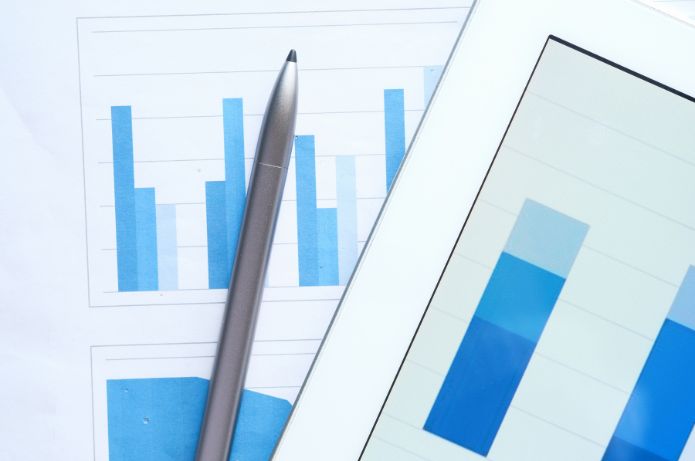The concept of retail media has proven to be one of the most fascinating and strategic innovations in the retail sector. What might initially be mistaken as merely an extension of traditional media today represents a shift in the business model of major retailers and an opportunity for those looking to enter an increasingly competitive and dynamic market. In some cases, we can already see specific departments dedicated to this concept, viewing this movement as a means of monetization and a new way to create value in their operations to win over the modern consumer.
No wonder the theme about the evolution of retail media and the digitization of marketing strategies was widely discussed at NRF 2025, one of the largest global retail events. The discussions highlighted the use of real-time technologies in physical stores, as well as the need to adapt to local culture and strategic partnerships as key elements for the success of initiatives. The impact of digital on younger generations’ purchasing decisions was also emphasized, showing that new generations seek more interactive, personalized, and value-aligned shopping experiences.
Thus, retail media becomes a powerful ally in promotional dynamics and product exposure, capturing consumer attention more effectively. However, to do the basics well, it’s not enough to rely on visibility and media alone: it’s essential to integrate price optimization actions and ensure stock availability. Thinking about retail media means thinking about a 360° experience ecosystem, where the consumer is impacted both online and offline—being, in both environments, at the center of everything. After all, customers navigate multiple channels simultaneously and non-linearly, and ignoring this reality means forfeiting a deeper and more profitable relationship with them.
Worldwide, we observe successful examples of these integrated strategies. I particularly highlight American retail giants Target and Kroger, which excel by integrating purchase data with personalized advertising, boosting customer engagement and driving sales. Brazil stands out in this global scenario, being one of the countries where this format is growing most rapidly. According to eMarketer, a market research firm, investment in retail media in Brazil jumped from $1 billion to $30 billion in the last five years, with a projected growth of 43.5% in 2024. Understanding the relevance and potential of this media to generate visibility and effective engagement is crucial for the prosperity of today’s market.
In this context, technology plays a central role: advanced data analytics tools provide insights to ensure decisions are fact-based, enhancing the results of these initiatives. It is in this universe of innovative solutions that we see the applicability of big data and omnichannel —key elements for a true transformation in retail mediaperformance. Implementing these technologies enables the identification and optimization of opportunities throughout the entire consumption chain, allowing continuous monitoring of actions and greater market prominence.
emerges as an opportunity to innovate in product promotion and customer loyalty. By exploring new ways to engage consumers—whether through more creative campaigns, interactive experiences, or collaborations—brands can create a stronger and more memorable presence. Social media stands out as powerful extensions of retail media emerge como uma oportunidade para inovar na promoção de produtos e no aumento da fidelização de clientes. Ao explorar novas formas de engajar os consumidores – seja por meio de campanhas mais criativas, experiências interativas ou colaboração – as marcas podem criar uma presença mais forte e memorável. As redes sociais despontam como extensões poderosas do retail media, enabling personalized campaigns and broader reach, as well as allowing brands to explore interactive experiences and influencer collaborations to connect more meaningfully with their audiences.
Beyond the product, hyper-personalized promotional practices have the ability to reinforce a positive image in line with ESG principles, prioritizing sustainability and social responsibility. A prime example is Unilever, which integrates social and environmental issues into its marketing actions, promoting products that meet consumer needs and support causes like waste reduction and strengthening local communities. Initiatives that incorporate sustainability into their value proposition—including the promotion of seasonal and perishable items—have the power to strengthen brand loyalty, establishing a lasting emotional connection with customers that goes beyond mere commercial transactions.
Finally, it’s essential to recognize how a strategic tool for retail networks and brands, combining technology, consumer experience, and sustainability principles, can maximize financial results while consolidating an innovative and responsible market positioning. Those who can efficiently adopt and adapt these strategies will be keeping up with trends and leading the future of retail.


